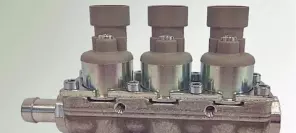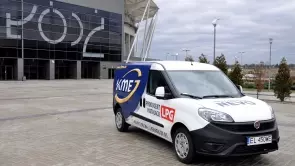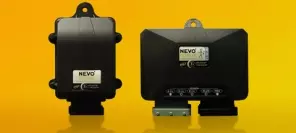- Main page
- Search
- Up to date
- Products
- Technology
- Vehicles
- Video
- Conversion Payback Simulator
Port Injection - Conversion Payback Simulator
Direct Injection - Conversion Payback Simulator
Diesel - Newsletter
Renault Captur LPG - NEVO-lutionary
- Home page
- Up to date
- Reportages, interviews, road tests
- Road tests
- Renault Captur LPG - NEVO-lutionary
« Powrót
 loading results...
loading results...Petrol engines with direct fuel injection are no future – they're the present! So it comes as little surprise that autogas systems for converting such engines are the present as well. We're testing one of the latest such systems as fitted onto a Renault Captur 1,2 TCe.
© gazeo.comGood-looking, well-riding, comfortable and a crossover - no way it couldn't be successfulThere are two basic conceptual ways ways leading to the conversion of a DI engine: applying non-vapourised LPG through the petrol injectors directly into the combustion chambers or vapourising the fuel in a reducer and applying it into the intake manifold through separate autogas injectors, while the petrol injectors are used for dosing small interjections of the original fuel (for cooling and protection). KME of Łódź, Poland has chosen the latter way, but at the same time they wanted to reduce the amount of conventional fuel used to a necessary minimum. That's why the EZP (pump valve emulator) module was developed.
Do przeczytania pozostało: 9% tekstu
Wybrane treści na gazeo.pl, tak jak ten artykuł, są dostępne dla zarejestrowanych Czytelników, którzy wykupili dostęp.
Gazeo.pl to sprawdzone informacje, porady, testy, relacje z targów i bogate kompendium wiedzy o LPG.
Planujesz montaż instalacji LPG? Poznaj dokładnie producentów, najnowsze rozwiązania techniczne i dostępne na rynku instalacje. Zobacz co warto zamontować.
Masz instalację? Lubisz wiedzieć? Bądź na bieżąco z nowościami, przepisami i poradami.
Gazeo.pl - konkretnie o autogazie!
 loading results...
loading results...




